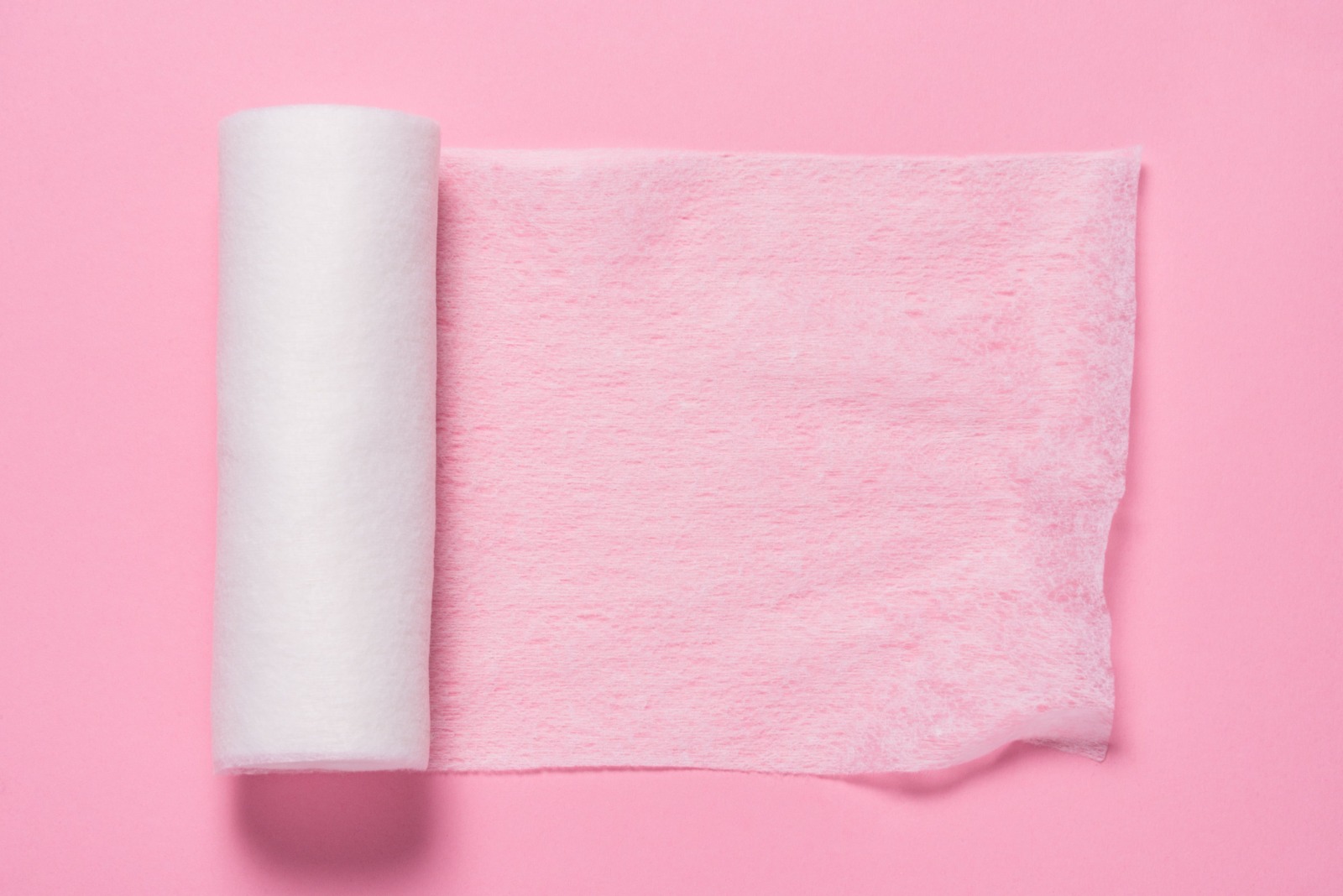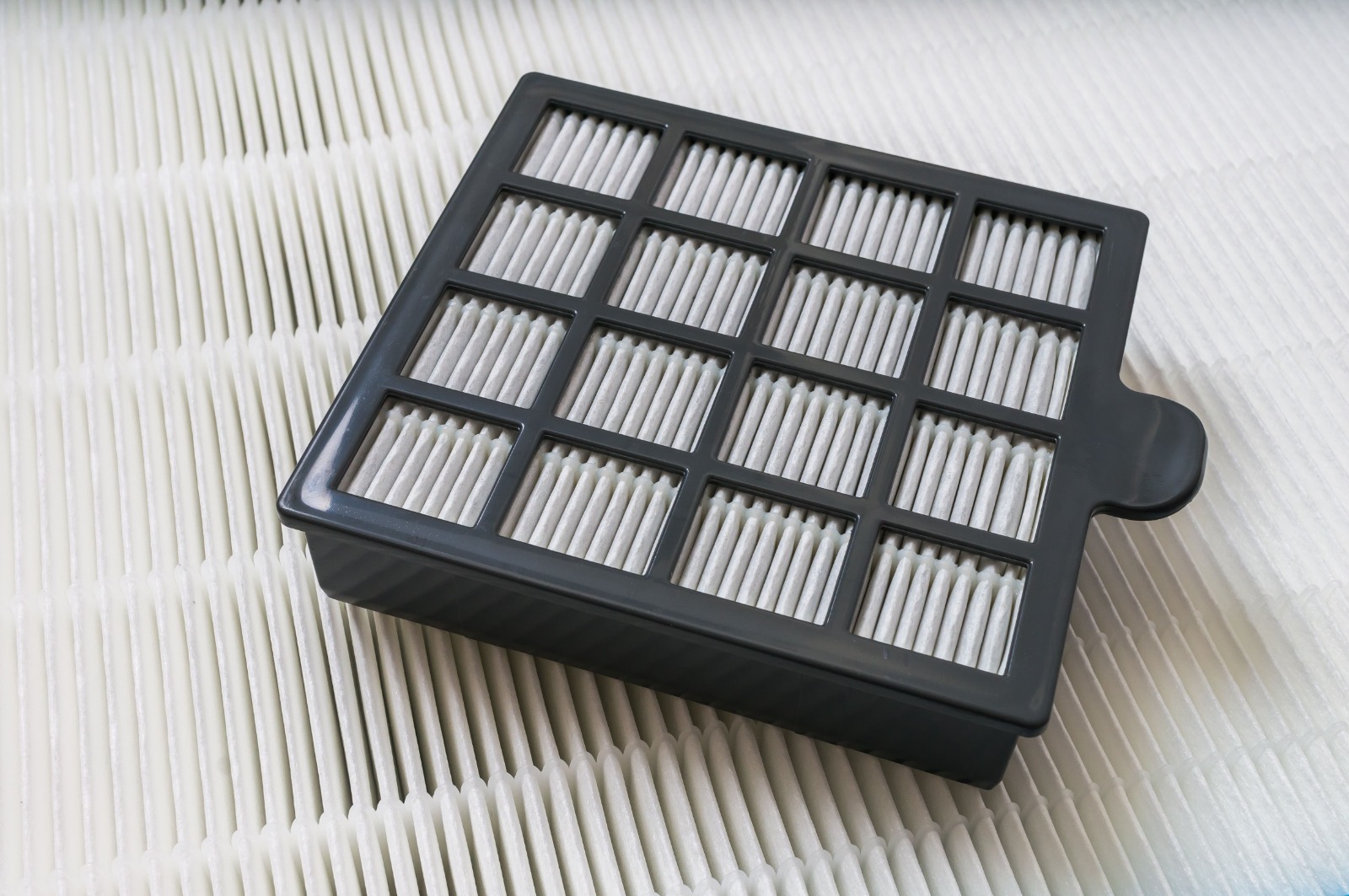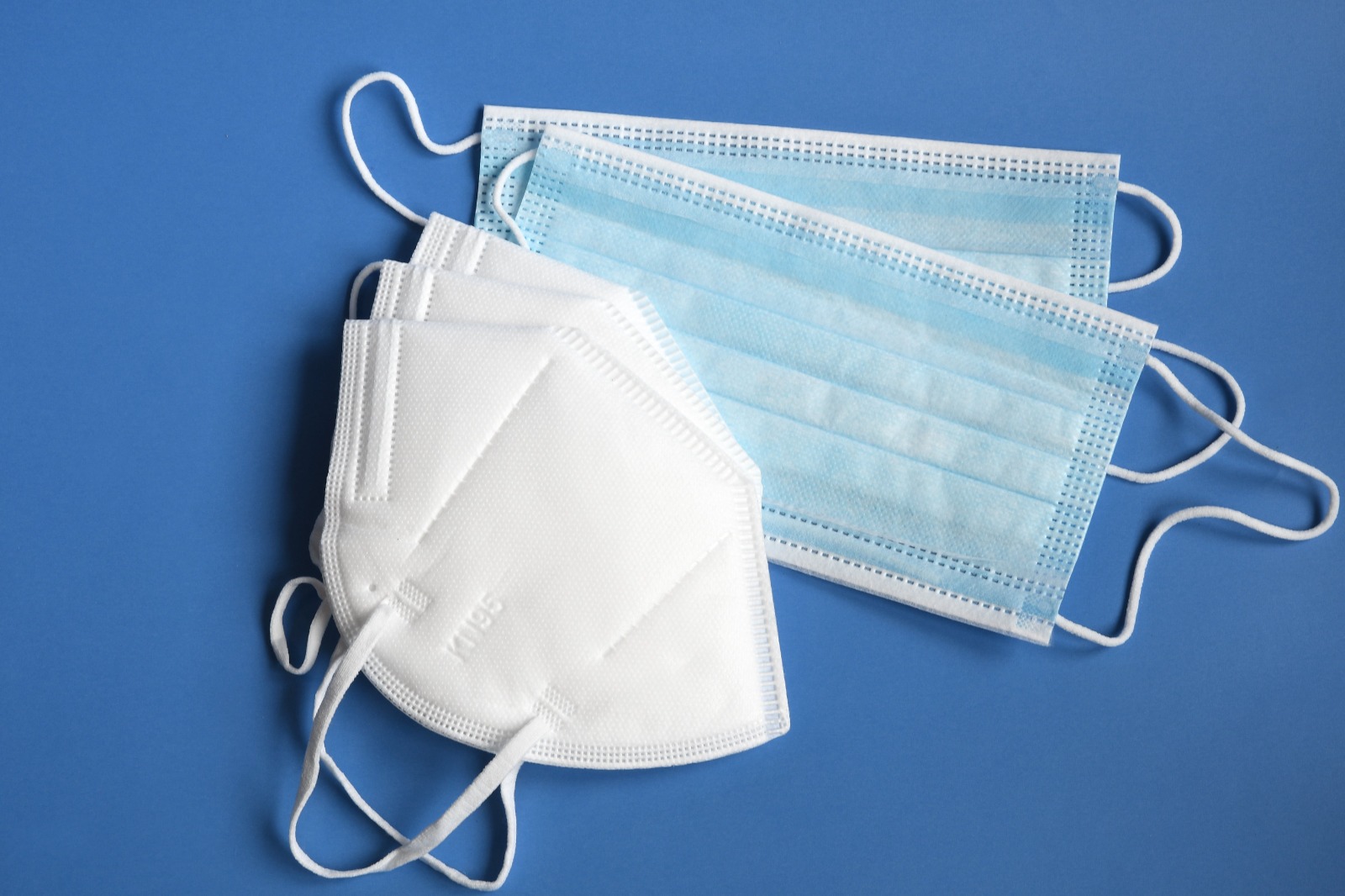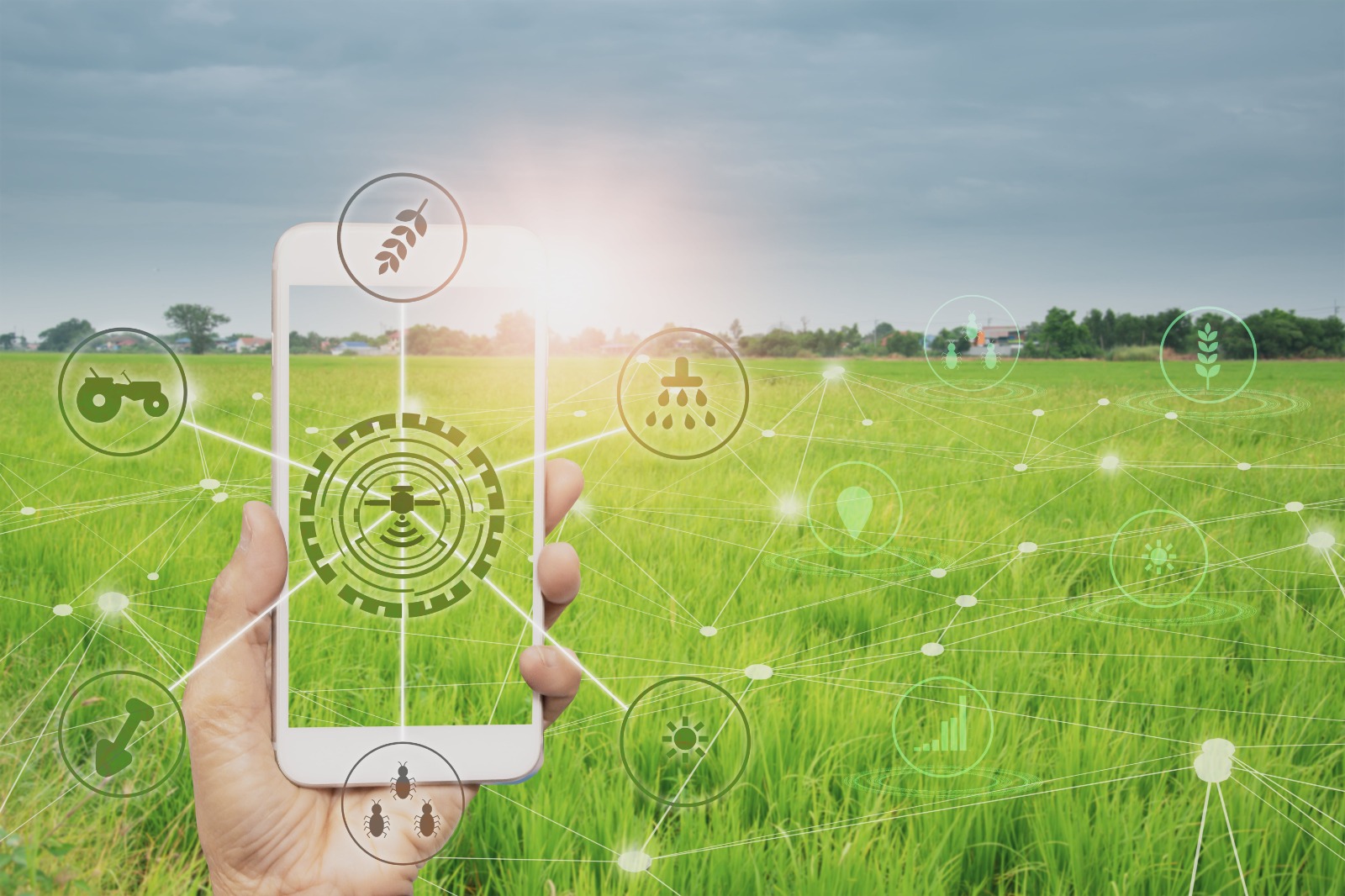
India has always had a rich relationship with textiles. From the fine muslin that adorned royalty to khadi that symbolized independence, fabrics have woven themselves into the very soul of our culture.
Explore Recent Blogs

Is Leather a Non-Woven Fabric? Let’s Unravel the Truth!
Leather embodies luxury, durability, and style. However, in a society increasingly focused on novel
Read More

Can You Heat Press Non-Woven Fabric? A Complete Guide
The textile industry has embraced heat pressing. Adding colourful graphics to cloth banners or perso
Read More

Can Non-Woven Fabric Be Washed? Let’s Unravel the Truth
Non-woven fabrics are used in a variety of applications, including medical masks, reusable shopping
Read More

Non Woven Fabrics Vs Woven Fabrics: Choose the Right Fabric
If you have ever asked yourself why some materials are all about robustness while others are cutting
Read More

Weave Your Success with Our Revolutionary Fabrics
Power your business with Elixrr's cutting-edge nonwoven fabric solutions. Eco-friendly, customizable, and engineered for excellence—because innovation starts with the right foundation.




India has always had a rich relationship with textiles. From the fine muslin that adorned royalty to khadi that symbolized independence, fabrics have woven themselves into the very soul of our culture. But now, a new contender is on the scene: non-woven fabric. This innovative material is making waves across industries, offering a modern, sustainable alternative to traditional textiles.
Non-woven fabric is one of the materials produced through bonding fibers together by using chemical, mechanical, thermal, or solvent methods instead of weaving or knitting them as in traditional fabrics. This unique production method allows non-woven fabrics to be manufactured quickly and efficiently, which makes them versatile and cost-effective.
Non-woven fabrics can be made from:
Their properties can be customized to suit specific needs, including:
These features make non-woven fabrics ideal for industries such as:
Let's discuss how non-woven fabric is becoming a game-changer, not just globally but in India's ever-diverse landscape of fabrics.
A Glimpse into India's Rich Fabric History
Before we jump into the non-woven fabric revolution, let's take a quick look at how textiles shaped India's story.
1. Ancient India: The Birthplace of Fine Textiles
Textile mastery is something that has long been associated with India. Spinning cotton into thread is said to be the work of the first Indus Valley Civilization about 3300 BCE. At the Gupta Empire, the Indian muslin and silk were purchased by traders who went as far as Rome and China. It was a meticulous work made by hand weavers who stringed it up on timeless handlooms.
2. Colonial India: The Fabric of Resistance
Fast forward to the British colonial era, and India’s mastery of fabric became both its pride and its plight. Handloom weavers were forced out by industrial textiles from Britain, but the fabric industry struck back with the Swadeshi movement. Gandhi’s spinning wheel, producing khadi, became a symbol of self-reliance.
3. Modern India: From Sarees to Smart Textiles
Today, India is one of the largest exporters of textiles, making everything from ornate sarees to high-tech fabrics. The rise of non-woven fabric heralds a shift towards innovation and sustainability, perfectly timed for India's growing industrial and environmental needs.
Woven vs. Non-Woven Fabrics: A Tale of Two Textiles
India's fabric legacy has roots in woven textiles—Banarasi sarees, Pochampally ikat, or handloom cottons that generations have treasured. The tale of non-woven fabrics gives it a modern twist, though. So, how do these two compare?
1. The Creation Process: Handloom vs. High-Tech
Woven Fabrics: Woven fabrics are meticulously created by interlacing threads on a loom, following centuries-old techniques perfected by artisans. Each thread weaves into the other, forming patterns and designs that tell a story—think Kanchipuram silk sarees.
Non-Woven Fabrics: On the other hand, non-woven fabrics just don't do the weaving at all. They're bonded by fibers using heat, chemicals, or mechanical methods. It is quicker, more industrial, and doesn't call for the art of skilled hands like in woven fabrics.
Imagine this: Woven fabrics are like hand-rolled rotis. There's care and love put into the rolling, cooking. Non-woven fabrics are the dosa batter on a tawa: fast, uniform, and fit for the task.
2. Strength and Durability: Tradition Meets Utility
Woven Fabrics: With their interlaced threads, woven fabrics are naturally stronger and more durable. That’s why you’ll find them in everything from long-lasting sarees to heavy-duty upholstery.
Non-Woven Fabrics: While not as sturdy as their woven counterparts, non-woven fabrics can be engineered for specific strengths. For example, geotextile non-wovens are designed to support road construction and prevent soil erosion.
For daily use, woven fabrics dominate the wardrobe, but when it comes to industrial or disposable needs—like surgical masks or carry bags—non-wovens steal the show.
3. Cost and Production Time: Art vs. Speed
Woven Fabrics: Woven fabrics are an art. Time and effort, which increases the cost. It may take weeks, even months for Banarasi saree to be prepared.
Non-Woven Fabrics: Non-woven fabrics are industrially manufactured that are quicker and cheaper than the former. Imagine the mass production of non-woven shopping bags for your sabziwala versus a painstakingly handwoven jute bag from Assam.
4. Purpose and Applications: Timeless Beauty vs. Modern Utility
Woven Fabrics: Use the good old stuff for making traditional wear, rich brocades, and curtains. They are sturdy and beautiful and are usually, for generations.
Non-woven Fabrics: Picture non-wovens to be the problem solvers. Want an environmentally friendly shopping bag? Check it out. A disposable gown for a surgical procedure? Yeah. A geotextile designed to protect India's Rural roads? Check it again.
5. Sustainability: Eco-friendliness Factor
Woven Fabrics: Traditionally, woven fabrics such as khadi or handloom cotton are highly sustainable. They are made from natural fibers and biodegradable but not necessarily energy-efficient in their production.
Non-Woven Fabrics: Non-wovens are a mixed bag when it comes to sustainability. Most are made of polypropylene, which is recyclable but not biodegradable. Eco-friendly non-woven options are gaining momentum, though, especially in India's fight against single-use plastics.
Spotlight on Elixrr: Innovating India's Non-Woven Fabrics Revolution
Elixrr is at the forefront of revolutionizing non-woven fabrics in India, blending innovation with sustainability and high-quality solutions for modern demands. Their competency includes creating non-woven geotextile fabric, non-woven landscape fabric, and versatile non-woven fabric materials to suit various industries. Let's dive deeper into what makes Elixrr a game-changer.
What are Non-Woven Fabrics?
Elixrr utilizes the latest technologies to produce quality non-woven fabric cloth that is exceptional in terms of performance and versatility. Its manufacturing process integrates cutting-edge techniques such as thermal bonding, chemical bonding, and melt-spun methods to deliver customized, cost-effective products.
Whether you're seeking pure cotton non-woven fabric, CAS No solutions or a reliable, moisture-absorbent option, Elixrr has it. Their offerings are designed for industries looking for everything from high-strength geotextiles to absorbent hygiene fabrics.
Applications and Market Reach
The non-woven fabric rolls made by Elixrr are specifically suitable for various sectors as follows:
Our products are designed for specific applications, which makes us suitable for industries that require water-resistant, lint-free, or moisture-absorbing fabrics.
Why Choose Elixrr?
Elixrr is the brand that is changing the non-woven fabric industry through innovative, sustainable, and quality excellence. Established in India, Elixrr makes a wide range of non-woven fabric materials with its 5+ non-woven technology. With a blend of over five processes, it is sure to deliver customized, cost-effective solutions for various industries. From high-performance non-woven geotextile fabric to non-woven landscape fabric or simply versatile non-woven fabric cloth, Elixrr is your answer.
Elixrr's Standout Unique Offerings
High-Quality Manufacturing
Elixrr's non-woven fabrics are manufactured using the latest technologies such as thermal bonding, chemical bonding, melt spinning, and many more. These technologies help in creating fabrics with high strength, durability, and tactile appeal. Their products range from medical care items to industrial filtration fabrics, making them versatile and reliable for numerous applications.
Sustainability at the Core
Elixrr is devoted to environmental stewardship. Its facility runs on green principles and utilizes solar energy for its power needs, and its system follows a Zero Liquid Discharge (ZLD) system that eliminates waste. Moreover, many of their non-woven fabric products are designed to be 100% biodegradable, thus helping you contribute to a greener future.
Solutions Tailored to Every Need
From non-woven fabric bags for eco-friendly shopping to highly absorbent materials for hygiene products, Elixrr customizes solutions according to your exact requirements. Their expertise ensures that whether it is a pure cotton non-woven fabric CAS No or moisture-resistant fabrics, you receive the best-in-class product.
Unmatched Infrastructure
Elixrr has a manufacturing facility of 15,000 square meters that is operated on Industry 4.0 principles. Its production capability is 16,000 to 18,000 tonnes per year, and from raw material loading to packaging, the whole facility is automated. Thus, this is a robust infrastructure that makes Elixrr a reliable supplier for your bulk non-woven fabric needs.
Eco-Friendly Manufacturing and Sustainability
Elixrr is dedicated to producing sustainable non-woven fabric material that meets environmental standards. Our efforts include:
These initiatives align with India’s push toward greener technologies, offering environmentally friendly products that are also high-performance.
Conclusion
Elixrr offers the right balance of quality, innovation, and sustainability in all the needs, from infrastructure to everyday uses: from non-woven geotextile fabric that's strong enough for long-term infrastructure usage to non-woven fabric bags that are lightweight and ideal for everyday use. Talk to us today.